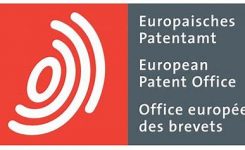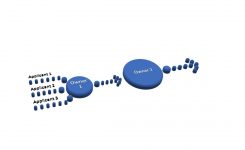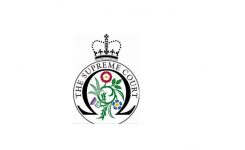PATENTS
A Problem for the Problem-Solution-Approach?
The European Patent Office predominantly uses the "problem-solution-approach" to assess whether an invention involves an inventive step. This approach essentially consists of five steps:
1) Identifying the closest prior art document (CAPD);
2) Determining the difference(s) between the invention and the CAPD;
3) Determining the technical effect(s) brought about by the difference(s);
4) Using these differences to define the “objective technical problem”; and
5) Examining whether or not the claimed solution to the objective technical problem is obvious for the skilled person in view of the state of the art in general.
But what happens if the closest prior art document is not enabled, or if the results it describes are not reproducibly obtainable, because essential information is missing? And what if the secondary prior art document arguably discloses some of the information missing in the CPAD, but in a quite different context and without essential information that could motivate the skilled person to take it further and use it in the context of the CPAD?
These interesting legal questions have formed the backdrop to two EPO opposition proceedings, as well as multi-national patent litigation, that we have had the privilege of working on for several years now, and are discussed further in this Kluwer Patent Blog post by Thorsten Bausch.
We are delighted with the outcome of this latest EPO appeal, even though Judge Kircher's (of Mannheim in Germany) description of a “rollercoaster ride” has felt more than appropriate on occasion! It will be fascinating to see how it all develops in light of this latest TBA decision..







